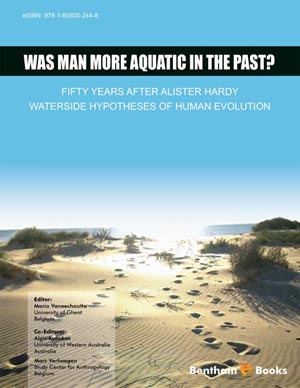Abstract
The ability to exploit and thrive on a wide variety of foodstuffs from diverse environments is a hallmark of Homo sapiens. Humans are particularly well adapted to exploit waterside environments, where they can forage in areas offering protection from both terrestrial and aquatic predators. Humans are able to walk, run, climb, wade, swim and dive, and our research indicates that the most parsimonious explanation for this combination of locomotor traits, and for Man's current anatomy, physiology, nutritional requirements and unique intellect is evolution in a littoral environment. This model is consistent with the location and presumed palaeoecologies of all early Homo fossils and artifacts, and could help explain the rapid dispersal of Homo in the early Pleistocene (2.56-0.78 million years ago (Ma)), the colonization of Australia and Indonesia in the middle Pleistocene (0.78-0.13 Ma), and the rapid dispersal of Homo sapiens in the late Pleistocene (0.13-0.012 Ma). Reliance on the aquatic food chain is also a facile method for providing consistently abundant brain-specific nutrition for all members of a group or society, thus facilitating the development of the technology and culture that is uniquely human.
Keywords: Homo sapiens, brain evolution, docosahexaenoic acid (DHA), aquatic food chain, iodine, selenium, littoral environments













